Introduction
about the writer
M'Lisa Colbert
M’Lisa Lee Colbert is a social scientist, and an urban farmer. She is currently working to improve access to locally grown produce year-round at an affordable price, in Montreal.
Building bold imaginaries is the only way to usher in new life in the wake of adversity. It is the only way to build resilience. As the ongoing COVID-19 pandemic continues to swell and overwhelm us, the collection of conversations below aim to inspire us to continue to think and imagine resilience for the city. They are a set of reflections on the ideas and actions generated in The Post-COVID-19 City CoLab Challenge. In January 2021, the Belmont Forum funded international research–innovation consortium, Innovations in Governance for Food, Water, and Energy Nexus (IFWEN), launched The Post COVID-19 City Challenge in collaboration with Close the Loop and MIT’s Pandemic Response CoLabteam to drive multidisciplinary thinking and collaboration around urban design for the Post-COVID-19 city. The CoLab challenged urbanists, innovators, entrepreneurs, artists, activists, researchers, scientists, and various other types of urban actors from around the world to reset our thinking on how sustainable, resilient, liveable, and just cities can be built for urban futures that nurture human-nature relationships.
 Humans are social creatures. We like to be among each other and we need to be. Cities grow and thrive on the basis of that reality first and foremost. And cities have brought humanity together in more ways than one. I’d like to continue to see cities be that site of togetherness, and not become places that tear us apart or defeat us. Afterall, the resilience of a city, is human resilience. The COVID-19 pandemic is a reminder of just how inseparable we all are, and of how critically aware we need to be of our position as a species not outside of nature, but intricately born of it. It needs to dominate our thoughts, our actions, and our design ideas for future cities. This CoLab is one small step towards that goal. Brought to you by all the passionate and wonderful minds who joined us and participated in this initiative, please visit The Post-COVID-19 Story Atlas to find the full collection of ideas.
Humans are social creatures. We like to be among each other and we need to be. Cities grow and thrive on the basis of that reality first and foremost. And cities have brought humanity together in more ways than one. I’d like to continue to see cities be that site of togetherness, and not become places that tear us apart or defeat us. Afterall, the resilience of a city, is human resilience. The COVID-19 pandemic is a reminder of just how inseparable we all are, and of how critically aware we need to be of our position as a species not outside of nature, but intricately born of it. It needs to dominate our thoughts, our actions, and our design ideas for future cities. This CoLab is one small step towards that goal. Brought to you by all the passionate and wonderful minds who joined us and participated in this initiative, please visit The Post-COVID-19 Story Atlas to find the full collection of ideas.
If you have an idea, project, or initiative that you would like to add to the atlas, write [email protected] for more information.
Dana Johnston, Charlotte Britton, Mareeya Mitmana, Audrey Leung
about the writer
Dana Johnston
I‘m originally from California but grew up in Indonesia, Bangladesh & Thailand, where I developed a strong passion for environmentalism & social justice. After majoring in environmental studies, I interned with IUCN, worked in early childhood education & also started learning design.
about the writer
Charlotte Britton
Originally from the UK, I worked for 2 years on the product management team of a London-based tech start-up tackling the issue of fakes and forgeries on the modern art market. A big part of my role was improving our user experience, which is how I first moved into design. Wanting to make service design my focus, I left and worked as an experience designer at a London-based design agency before deciding to consolidate my skills with a master’s here in Munich.
about the writer
Mareeya Mitmana
Originally from Bangkok, Thailand. I have experience in the aviation field for 10 years focusing on customer service. Currently I live in Munich and continue my master in Design Management, Macromedia University applied sciences.
about the writer
Audrey Leung
I am a graphic designer and illustrator from Vancouver, BC, Canada. As of today, I am attending Macromedia University in Munich for my Masters in Design Management. I am passionate about storytelling through art, design, and different mediums. One of my current goals is to aid others in sharing their stories and unique experiences with the world.
Our solution focuses on transforming cities into places for collaboration, sustainable living, and impactful change for achieving environmental progress.
Our Concept
The Eco-taskers concept addresses the question of how to get people motivated to participate in mass environmental action. Our solution focuses on transforming cities into places for collaboration, sustainable living, and impactful change for achieving environmental progress. It is particularly relevant in a post-COVID-19 world, speaking to the moment and utilising momentum to address the ongoing, deep-rooted, and overlooked ecological issues.
The ideas are based on extensive secondary research into human behaviour, incentivisation, and gamification, and movement building, as well as local primary research concerning local habits and opinions on taking action. The concept is ready for prototyping and testing.
The concept consists of four key parts: a network, an online task hub, an audience, and a campaign. Initially, this would be implemented in Munich, however, it could be expanded to any other city.
1 The Network
The network is made up of eco businesses, organisations, and initiatives, including environmental organisations, zero-waste shops, bio supermarkets, second-hand clothing shops, vegan restaurants, and more. The businesses and organisations have to be committed to positive environmental action and practices.
2 An Online Task Hub
The Task Hub is a digital space for eco network members to post environmental tasks and challenges which will be undertaken by the public. Each task has a category, level of commitment, and skills required to complete it. Examples of tasks could be designing a poster for an eco-store, writing copy for social media posts, volunteering time to help with urban gardening, and much more. These tasks, therefore, appeal to the public’s diverse skills and interests. Completing tasks also results in winning points which can then be redeemed as vouchers or discounts at participating eco businesses.
3 An Audience
The audience, who take part in completing tasks and winning points, can be any member of the public. Tasks will appeal to all people and backgrounds, therefore, making them inclusive and engaging.
The aim of the campaign is to raise public awareness of the task hub and show people in a fun and inclusive way how they can get involved and make a difference. The campaign is an annual, temporary event lasting for a month in the spring or summer months.
The format is a scavenger-hunt-style game involving participating businesses with a shop front hiding objects in their window that the public has to find. Via a sticker with a QR code in the window, the public goes to the task hub website and logs their item. This also introduces them to the task hub. At the end of the campaign, a winner is announced and a prize awarded.
The Eco-taskers concept aims to build a bridge between eco businesses and organisations and the public, creating momentum for action. There are many incentives for all stakeholders to take part, such as eco businesses and organisations receiving promotion and gaining new audiences who complete tasks.
The public benefit from a fun and inclusive campaign with the opportunity to win a prize, the chance to explore the city, and get to know new, like-minded businesses.
The environmental benefits also include supporting and promoting environmentally friendly businesses, creating opportunities that benefit all stakeholders involved, and encouraging the movement.
The concept is particularly applicable in a post-COVID-19 situation in that it invigorates local businesses and appeals to the public’s desire to get outdoors and involved in the community after such a long period of distancing and isolation. The pandemic has shown us the power of coming together to fight a global crisis and that energy can and should be harnessed for the benefit of the environment.
Siân Moxon
about the writer
Siân Moxon
Siân is a Senior Lecturer in sustainable design and researcher in urban biodiversity at London Metropolitan University’s School of Art, Architecture and Design. She is an architect, BREEAM accredited professional, author and founder of the award-winning Rewild My Street urban-rewilding campaign.
The Rewild My Street campaign can help people visualise how key urban spaces could be transformed for biodiversity, and to ensure we actively design our “new normal” to benefit people and the planet.
Innovation is vital to find new ways to address the continued challenge of the ecological crisis alongside the novel challenge of the pandemic in our cities. After all, our default way of life and attitude to nature has caused environmental devastation and almost certainly allowed the pandemic to take hold.
Imagine we take this opportunity to reshape our cities post-pandemic to tackle the climate and ecological emergency and create liveable places that facilitate the homeworking, sustainable travel, and connection with nature we’ve rediscovered in lockdown. My city is London, the UK capital and the world’s first National Park City. Design ideas for London can provide a model to fulfil the National Park City Foundation’s vision of a global network of National Park Cities that are ‘greener, healthier, and wilder’.
Every city could increase its “urban forest” through tree planting and other habitat creation in streets, squares, and unused green spaces. Disused shops and offices in city centres could be replaced with “pocket parks”. Residential streets could become “play streets” where children can discover nature on their doorstep, with on-street car parking replaced by “community parklets” where residents grow vegetables. The green belts surrounding major conurbations could become “wild belts”, where residents can escape the city for a country walk, spotting reintroduced beaver, wild ponies, and lynx shaping the rewilded landscape. All these new green spaces could be connected by “slow ways” for cyclists, canoeists, and pedestrians, planted with swales to absorb floodwater. The verges of the remaining roads catering for shared electric cars and buses could be left to become wildflower meadows attracting pollinators.
To ensure this ideal is captured and implemented, I’m creating new drawings for my London-based Rewild My Street campaign to help people visualise how key urban spaces could be transformed for biodiversity and to ensure we actively design our ‘new normal’ to benefit people and the planet. The project is strategic, offering a vision to inspire and empower others to take direct action to rewild city spaces. Expanding its online resources beyond residential streets, to cover public and inner-city spaces will address access to nature for people without an outdoor space. A collage technique, similar to the existing image for suburban residential streets, will show typical existing settings — an inner-city former office/retail plot, a public square, a residential street, a green belt, and a transport route — reimagined with greenery and wildlife.
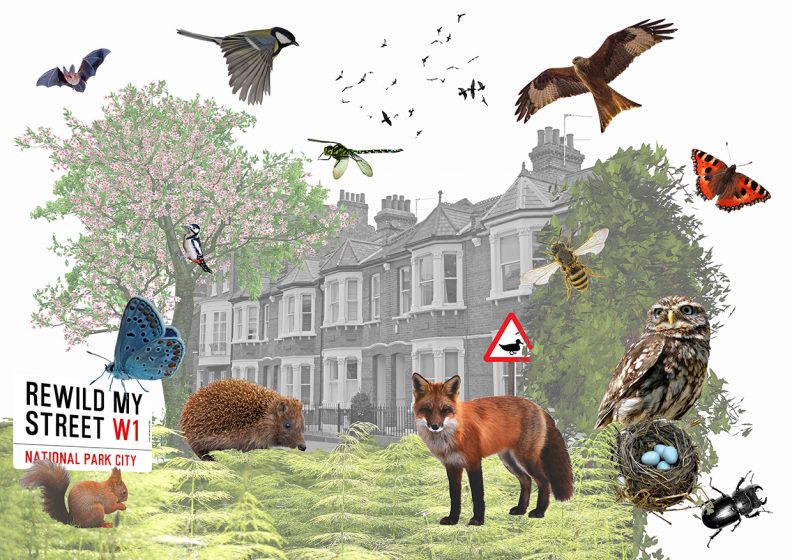
The drawings contribute to a wider cross-disciplinary research project using behaviour-change theory to develop a model intervention strategy for Rewild My Street to improve public uptake and support of urban rewilding. Combining design with behavioural science will produce new insights for tackling the environmental crisis.
Rewilding cities will help reverse the alarming trends of biodiversity decline, and loss of urban greenery through densification and sprawl. In tandem, it will improve cities’ resilience to climate change, and promote city dwellers’ health and wellbeing. When, according to the UN, biodiversity has dropped 20% since 1900 and one million species face extinction, greener cities could offer a refuge for some wildlife, having the potential to provide substantial habitat. Greener cities have wider environmental benefits, including reducing air pollution, improving amenity value, and mitigating the effects of climate change, such as flood risk and overheating. Moreover, greener, more biodiverse urban spaces boost our own health and wellbeing, offering an antidote to the stresses of modern life.
Repeated lockdowns and living our lives more locally have helped us see the value of nature and green transport for our health and wellbeing. We should seize this opportunity to rethink cities, so they enable much greater accessibility to nature for all.
Anneliese Zausner-Mannes and Jenna Cardinale
about the writer
Anneliese Zausner-Mannes
Anneliese Zausner-Mannes co-founded Nurture BK in June of 2020. She has taught middle school Math and Science in North America, Asia, and Europe for over 15 years. She is constantly in awe of the organics community and initiatives that have sprouted from Nurture, and how reminiscent it is of the New York City she grew up in.
about the writer
Jenna Cardinale
Jenna Cardinale lives in Brooklyn, NY, where she has been a member of Nurture BK since July 2020. She earned a B.A.focused on English, Sociology, and Gender Studies from Northeastern University and an M.F.A. in Creative Writing from The New School. She has published two chapbooks and her poems have appeared in Verse Daily, Court Green, and SAND, among others. She directs operational strategy at an education/ media company when not getting her hands dirty with compost.
Until our society serves all its members, we need to approach these problems with flexibility and a real sense of interconnectivity in the areas in which we live and work. For example, New York City would benefit its residents most effectively by allowing aid to be distributed directly to hyper-local organizations.
Community organizations need to innovate so that we can confront the core challenges faced by our communities. While many of these challenges are ongoing, systemic concerns, we need to approach these problems with flexibility and a real sense of interconnectivity in the areas in which we live and work.
What are the challenges brought about by the pandemic? We would argue they are primarily the structural inequalities that poor, immigrant, and BIPOC citizens faced before March 2020. Healthcare, safety, affordable housing, food security, and a sustainable environment remain our primary challenges, but they have certainly been exacerbated by the financial impact of job losses, the burden of additional childcare responsibilities, and our collective trauma responses to so much isolation and death.
Large, bureaucratic city-lead programs certainly provide many vital services, but the red tape for both funding and implementation of these programs prevents the immediate actions that the crises of poverty and climate change require. New York City would benefit its residents most effectively by allowing aid to be distributed directly to hyper-local organizations through an accessible process that does not impose unrealistic limitations on how that funding can be spent.
Grassroots, mutual-aid organizations did not wait around for a new innovation, non-profit, or app to save our communities during the pandemic. Members of Nurture BK and other mutual aid volunteers channeled our sense of disconnection into support for our neighbors, asking those who had more to give more. In Central Brooklyn, that meant the creation of a compost drop-off site after city services were suspended, which created cleaner (and better smelling) streets for the entire community. Our initial focus was to provide a vital service and reduce waste, and as we connected more with those who relied on our services we shifted so as to develop opportunities for food rescue and donation by partnering with “free fridges” in the neighborhood every week. We also began local recycling initiatives: from collecting denim with a local artist (who creates and fashions items from it) to collecting glass jars for use by a local zero-waste store (to promote reusing before recycling). While our approaches to challenges may become more efficient and shift in response to immediate needs, we reject the idea of offering solutions for other communities. Perhaps the most substantial innovation we could recommend would be the cultural shift toward empowerment of collectives to recognize, build, implement, and sustain the best solutions for themselves.
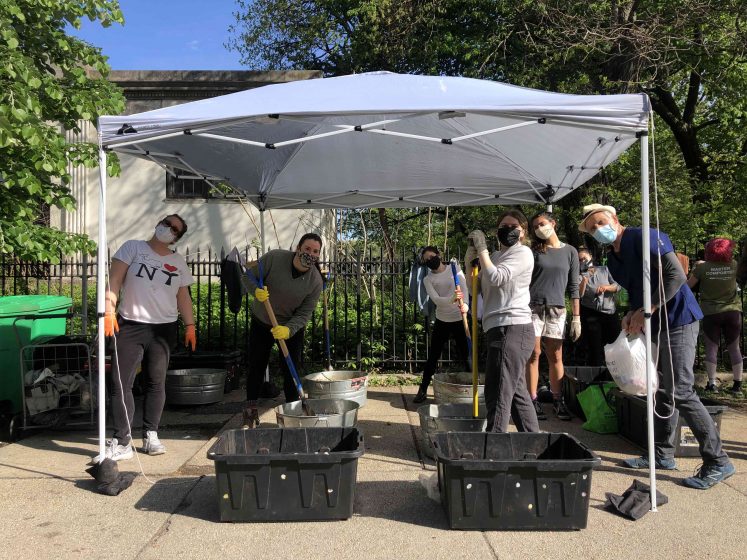
Thomas H. Beery
about the writer
Thomas Beery
Thomas Beery is an associate professor at Kristianstad University in Sweden. Tom is interested in questions that contribute to environmental problem solving from educational science and interdisciplinary perspectives. One key idea and interest running through much of Tom’s research is connectedness to nature.
The Portable Outdoor Classroom will serve as a resource to support educators’ efforts to take students outdoors and create positive outdoor education and play experiences for children and youth.
Being and Belonging: The Portable Urban Classroom
Over half of the global human population now lives in urban areas, and by 2050, this proportion is expected to exceed 90% for developed countries. This growth and shift from rural to urban living are associated with a decrease in the human population living with direct and accessible exposure to green and blue environments. One outcome from this trend is that many children today may not have adequate opportunities to interact with nature in outdoor settings at levels available to previous generations. This phenomenon is referred to as “extinction of experience” and described as resulting in a decline in learning and thinking about the natural world (Pyle, 1993). Pyle described his own rich childhood experience as coming not from the pristine wilderness but rather from close-by and untamed suburban nature, reminding us that to counter the extinction of experience, children need nature to be proximate and accessible.
 In support of increased connection to nature, over 40 years of research has provided compelling arguments showing that experiences of nature in green areas are linked to a breadth of positive human well-being outcomes. These include improved physical health, improved mental well-being, greater social well-being, and improved academic outcomes. (Note, the Children and Nature Network https://www.childrenandnature.org/resource-hub/resources/ provides access to excellent research sources that detail these benefits). Links between nature experience and well-being are now recognized in frameworks for assessing impacts of nature-based solutions in urban areas and pathways for health–social–nature synergies.
In support of increased connection to nature, over 40 years of research has provided compelling arguments showing that experiences of nature in green areas are linked to a breadth of positive human well-being outcomes. These include improved physical health, improved mental well-being, greater social well-being, and improved academic outcomes. (Note, the Children and Nature Network https://www.childrenandnature.org/resource-hub/resources/ provides access to excellent research sources that detail these benefits). Links between nature experience and well-being are now recognized in frameworks for assessing impacts of nature-based solutions in urban areas and pathways for health–social–nature synergies.
Given efforts to reduce the potential for transmission during the COVID-19 pandemic, practitioners worldwide provided creative examples of the use of outdoor settings to provide an innovative educational response to COVID-19. For instance, numerous news stories have captured the Danish response of moving elementary classrooms outdoors in response to COVID-19, and the New York Times has documented examples of schools across the United States, from inner-city to rural, taking advantage of outdoor learning settings as a part of their risk management response to COVID-19. A recent article in the Journal of Outdoor and Environmental Education highlights an abundance of thoughtful and innovative responses to COVID-19 going on within the field of environmental and outdoor education.
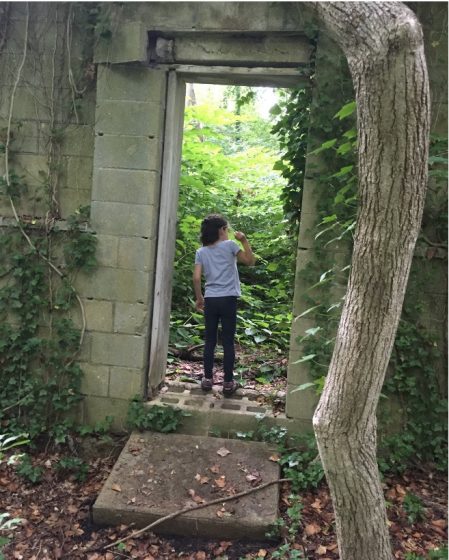 The Portable Outdoor Classroom Project was developed in response to the science of nature experience benefits, access for children, and lessons from COVID-19. The idea is for the kits to serve as a resource to support educators’ efforts to take students outdoors and create positive outdoor education and play experiences for children and youth. This proposal involves creating a pilot-test kit available for educators (formal and non-formal) to check out from the public library in Malmö, Sweden.
The Portable Outdoor Classroom Project was developed in response to the science of nature experience benefits, access for children, and lessons from COVID-19. The idea is for the kits to serve as a resource to support educators’ efforts to take students outdoors and create positive outdoor education and play experiences for children and youth. This proposal involves creating a pilot-test kit available for educators (formal and non-formal) to check out from the public library in Malmö, Sweden.
The specific design of the kits is focused on eliminating barriers. The kit will provide activity ideas and site suggestions to help educators get started (city parks, nature reserves, the waterfront), along with the actual gear that can provide a portable infrastructure for activity, comfort, and safety. Specifically, the kit will include risk management equipment, weather management equipment, educational materials, site and activity suggestions, and backpacks to make it all portable. The idea is to provide gear to allow educators to create quality urban nature experiences for their students. A training workshop will be offered to help introduce the kits to educators and provide practical tips and guidance for kit use.
The impact and outcome of this project will come from facilitating outdoor experience, providing more time for children in urban nature to play, learn, explore! As noted, compelling arguments showing that experiences of nature in green areas are linked to a breadth of positive human well-being outcomes. Additional research shows a relationship between connectedness to nature and pro-environmental behavior; such a relationship is dependent on a multitude of factors; however, one key factor is time to be, learn, and play in nature. This project is part of a long-term commitment to children in sustainable, resilient, and livable cities.
Citation
Pyle, R. M. 2002. “Eden in a Vacant Lot: Special Places, Species, and Kids in the Neighborhood of Life.” In Children and Nature: Psychological, Sociocultural, and Evolutionary Investigations, edited by P. H. Kahn, and S. R. Kellert, 305–327. Cambridge, MA: The MIT Press.
Georgia Bertagna and Colm O’Driscoll
about the writer
Georgia Bertagna
Georgia Bertagna has a degree in international law and is currently Project Manager at Green4C for the University of Padova, Italy. She has long experience in the field of microfinance and sustainable local development as well as in international projects, and has worked for 15 years with emerging countries.
about the writer
Colm O’Driscoll
Colm O’Driscoll is an environmental consultant with specific focus on business innovation, development and assessment. Currently, activities include project writing and management, network building, business development through acceleration and incubation.
Green Care, an emerging concept which provides private and public health and social inclusion through the innovative use of natural resources, is a solution to restoring the damage we’ve caused on our natural ecosystems and planet.
Hackathon Challenges: Innovative Solutions for Green Care Initiatives
Today, human society and the natural world are facing a very difficult challenge; to restore the damage we’ve caused on our natural ecosystems and planet by finding alternative and cost-effective solutions that can also help us to cope with societal challenges, such as ageing populations, climate change, pollution, and the mental and physical health issues associated with these. Recent studies have shown that nature-based public-private partnerships in emerging sub-sectors such as social agriculture, urban green infrastructure, and forest-based therapy are providing cost-effective solutions to cope with these challenges while ensuring a sustainable positive impact on our environment. These approaches are defined as Green Care, an emerging concept which sees the public and private sectors providing health and social inclusion through the innovative use of natural resources. In European (and non-EU) countries, the number of Green Care entrepreneurial initiatives is increasing to also promote co-benefits and build healthier and more resilient cities.
Coordinated by the University of Padua, TESAF Department (Department of Land, Environment, Agriculture, and Forestry) with the support of Etifor ǀ Valuing Nature (), we’ve connected ten other key (research and business) organizations around the world to develop Green4c (Green For Care), a European initiative (funded by the European Commission- Erasmus+ project) to join (creating and growing the network), learn and practice entrepreneurship and innovation in Green Care, focussing specifically on initiatives in four thematic areas: Forest-based care; Urban green care; Social agriculture; and Green care tourism.
As part of the “learn” phase of the project on Green Care initiatives, we recently published a first-of-its-kind EU Blueprint on Green Care, and background report, which defines, assesses, and categorises innovation and entrepreneurship in Green Care initiatives, and formulates recommendations for a wide range of stakeholders interesting in activating, supporting, and promoting such initiatives (report available on https://www.greenforcare.eu/reports/.)
In addition, as part of the “practice” phase of the project, we will create and deliver the world’s first specialisation programme on Green Care, including an e-learning course on innovation and entrepreneurship and a specialization school that will give face-to-face “business” acceleration training to the course participants. And not only that, but we also want to guarantee and further the impact created by the innovative ideas solving societal problems through the world’s first “Green Care Hackathon”. Hackathons are proven innovation generation programmes and will also ensure an effective way of bringing different stakeholders together to propose, support, and share experience to find concrete and impactful solutions to the previously described megatrends.
The objective of our hackathons will be to solve challenges in the four thematic sectors, contributing to mitigating or solving (in part) the megatrends previously described, and to create innovative partnerships among the environment and health sectors; Green4C partners, public authorities, Green Care experts, and practitioners will be working together one full day on a common Green Care challenge. There will be five hackathons one in each of the 5 main partner countries: Ireland, Italy, The Netherlands, Austria, and Romania. Hackathons will be open to a minimum of 20 participating ideas. There will only be one winning idea for each country’s hackathon.
To find out more and if you want to stay up to date on Green4C and our activities, follow us on www.greenforcare.eu!
Davide Geneletti
about the writer
Davide Geneletti
Associate Professor of Spatial Planning at the University of Trento, Italy. Specialised in impact assessment of projects and plans, ecosystem services and nature-based solutions. Formerly Research Fellow at Harvard University’s Sustainability Science Program. Consultant for UNEP, UN-HABITAT, and the European Commission. Deputy Editor-in-Chief of One Ecosystem.
With this project, we aim to unveil the potential of marginal urban spaces to become efficient Nature-based Solutions that can contribute to citizens’ wellbeing and nature conservation, during the pandemic and in the future.
Renaturing Marginal Public Spaces for People and Ecosystems
Trento is an alpine city of around 120,000 inhabitants located in a valley floor in the Italian Alps. It is surrounded by a well-preserved hilly landscape — a mosaic of vineyards and forest patches — and stunning mountains. Nature is easily accessible; a short bus ride, or a walk from the suburbs in the hills, will bring you to a dense network of hiking trails with varying levels of wilderness. Nature-based recreation, and outdoor activities in general, are a trademark for the city, as well as for the whole Trentino region.
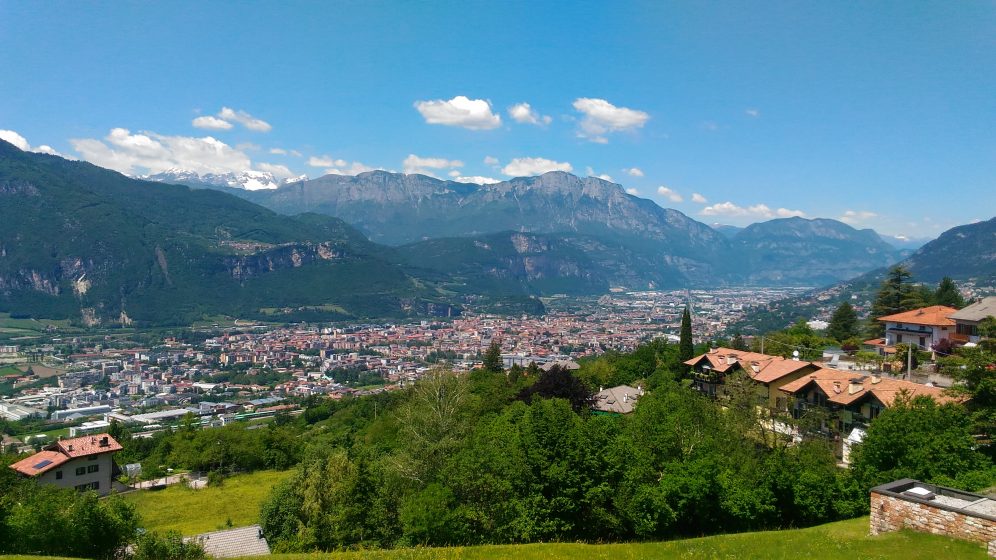
However, the mobility restrictions introduced to cope with the pandemic brought a new set of challenges. All of a sudden, nature and green space became out of reach. Urban parks, and especially those closest to home, were given a new role and appreciation. The city is relatively well-endowed with public green space. Nonetheless, a closer look at land use and land cover in the urban fabric reveals that the situation can be improved. Like many other cities, Trento has its fair share of marginal space; fragments of fallow land, abandoned plots, and other small, green areas in a state of disuse.
With this project, we aim at unveiling the potential of marginal urban spaces to become efficient Nature-based Solutions that can contribute to citizens’ wellbeing and nature conservation, during the pandemic and in the future. Building on recent efforts jointly undertaken by the local Administration and the University to map and assess urban ecosystem services, we analyze marginal spaces and assess their suitability to be converted into different types of nature-based solutions; from community gardens to Kyoto forests, and from habitat patches and rain gardens to pocket parks.
Through stakeholder engagement activities and ecosystem services assessment, a prioritization exercise is conducted to identify, for each type of nature-based solution, the most suitable sites using an inventory of marginal spaces. Suitability is assessed by considering the potential to deliver ecosystem services and benefits, in the light of the sites’ biophysical characteristics (e.g., morphology, land cover, soil), as well as the socio-economic context (e.g., accessibility, number, and vulnerability of potential beneficiaries, housing type).
We aim to generate a set of scenarios in a GIS database that suggest the possible conversion of marginal spaces into different nature-based solutions and provide an estimate of the effects on a range of ecosystem services (including food production, air purification, water regulation, microclimate regulation, noise mitigation, and habitat for focal species), as well as of the expected beneficiaries. These results will showcase how greening interventions in marginal space can deliver tangible contributions to citizens’ wellbeing and biodiversity, paving the way for the development of a city-scale “greening plan”, consistently with the objectives of the European Union Biodiversity Strategy 2030.
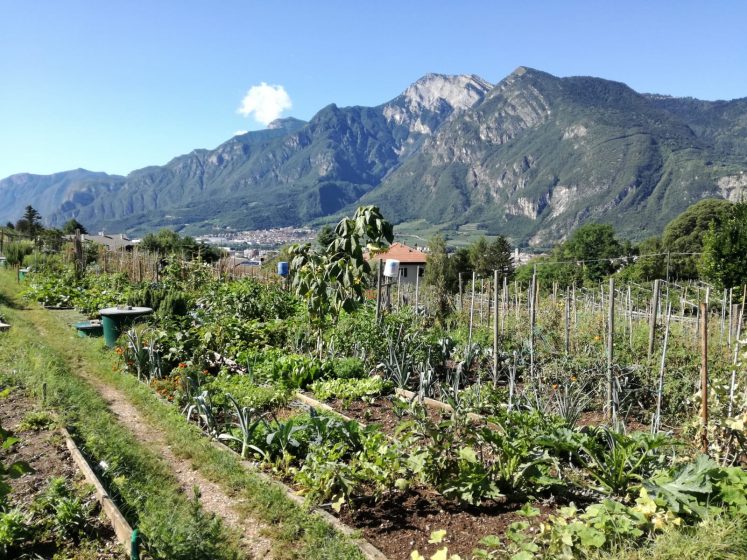
Amal al Balushi, Eva Hoppmanns, Vanessa Kucharski, Lea Schwab
about the writer
Amal al Balushi
Amal al Balushi is a Candidate for the European Masters: Transforming City Regions at RWTH-Aachen University in Germany. Her current research focuses on the northern European country’s intergenerational cohesion across borders.
about the writer
Eva Hoppmanns
Eva Hoppmanns studies the European Master of Transforming City Regions at RWTH Aachen University since 2019. Currently, Eva is doing an internship at die Urbanisten e.V. in Dortmund, focusing on urban laboratories and participatory planning projects in the Ruhr area.
about the writer
Vanessa Kucharski
In 2019, Vanessa graduated with her Master‘s in Architecture at the RWTH Aachen University. After a three-month stay in Latin America, she started her Master‘s in Transforming City Regions at the RWTH Aachen. During her studies, she constantly has worked in architecture companies, where she is supporting the team in several projects in the competition department with the focus on urban design.
about the writer
Lea Schwab
Lea Schwab finished her bachelor degree in architecture at the RWTH Aachen university in 2018. Currently Lea is working for an interdisciplinary program that advocates the spatial protection of coastlines in Spain and Chile, before writing her Master thesis in September 2021.
We proposed an interactive, data-driven online platform, called Access as a response to spatial injustices that were illuminated by the COVID-19 pandemic and related restrictions.
Rethink.Restart.Recover.Resilient
Post-COVID-19 in Amsterdam
The pandemic has brought many challenges, and we have seen trends speed up or fall apart. For this reason, innovation is especially important now and, as Emanuel Rahm said in 2008:
“You never want a serious crisis to go to waste.”
The work of our interdisciplinary team focused on how to overcome a pandemic in a spatially just way and recover as soon as possible (see figure below). We proposed an interactive, data-driven online platform, called Access as a response to spatial injustices that were illuminated by the COVID-19 pandemic and related restrictions.
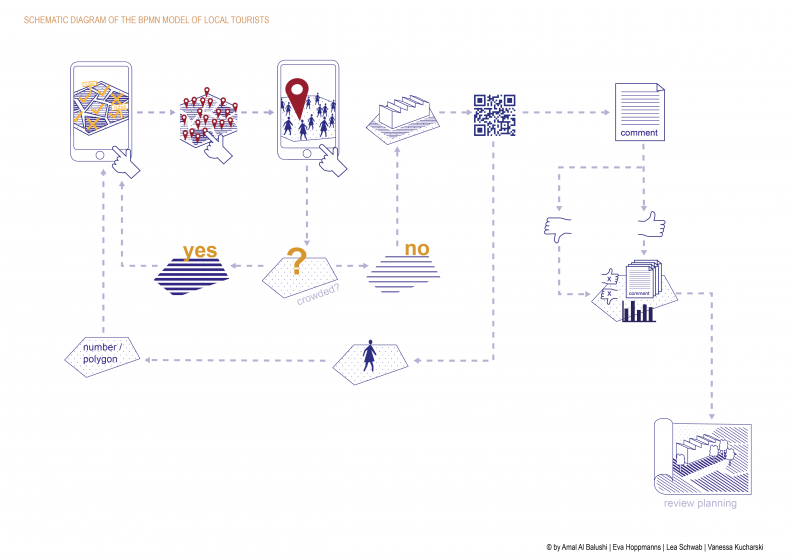
The Amsterdam Metropolitan Area (AMA) was used as the main study site to develop such a prototype for crisis management. We began by looking at how the AMA dealt with the 2007 financial crisis, and what lessons could be learnt for overcoming the current crisis. As an area abundant with open spaces, and blue and green infrastructure, we were interested in studying inhabitants’ connections and interactions with these spaces (Pre and during-COVID-19). In the beginning stages of the pandemic, reports and news coverage on AMA’s liberation from tourists started appearing, describing inhabitants “taking back” of previously over-run places. Our interest in understanding this takeback in a time of crisis emerged.
After analysing the area and applying the COVID-19 lockdown restrictions, we were particularly surprised by the imbalance of accessibility to functions AMA residents were encountered with. Large quarters without essential services or open spaces became completely dead areas. Through analysing COVID-19 statistics over time, a possible correlation between the provision of open spaces and the level of incidents within an area emerged. The connection between the openness of spatial structures and virus spreads is now being studied and reported worldwide.
Furthermore, lockdowns, restrictions, and policing in the AMA were handled from a top-down approach, with little emphasis on locational discrepancies. The lack of clear communication streams in crisis times is alarming and is something that needs to be addressed as the pandemic continues. In return, Amsterdam, and the Netherlands in total, experienced various protests throughout the pandemic. There is a need for participation and inclusivity to still be an influencing factor; as it is the day-to-day persons that are going to have to pick up the pieces, help rebuild, and open cities.
Preparations to “start-up” normal life again need to begin now to generate a quick recovery, and for a resilient future outlook, the pandemic can act as a learning point. Therefore, we created the concept for a platform, named Access. The platform is both informed and a collector of data (see figure 2). It is a method that can help residents understand the policies that affect their spaces at any given time or place and offers them alternative activities and spaces nearby. It also works with local businesses, by providing adequate information on current laws, and advertising their areas as “alternatives” when possible. Additionally, it includes forums and tools to discuss the spaces and their experiences, as well as pinpoint areas of issues. Such information could then be conveyed to municipalities and help direct developments in the long run, as well as temporary provisions to help residents of certain areas to cope with the pandemic changes in the short term. Spatial changes and proposed plans are regularly updated onto the platform, providing a transparent tool for AMA residents and authorities to interact.
We discuss recovery phase initiation sequences in the case of the COVID-19 Pandemic and advertise a new approach not yet attempted by municipalities, based on data and participation. While the focus is on the AMA region, Access can grow to benefit and be applied in other regions of the world.
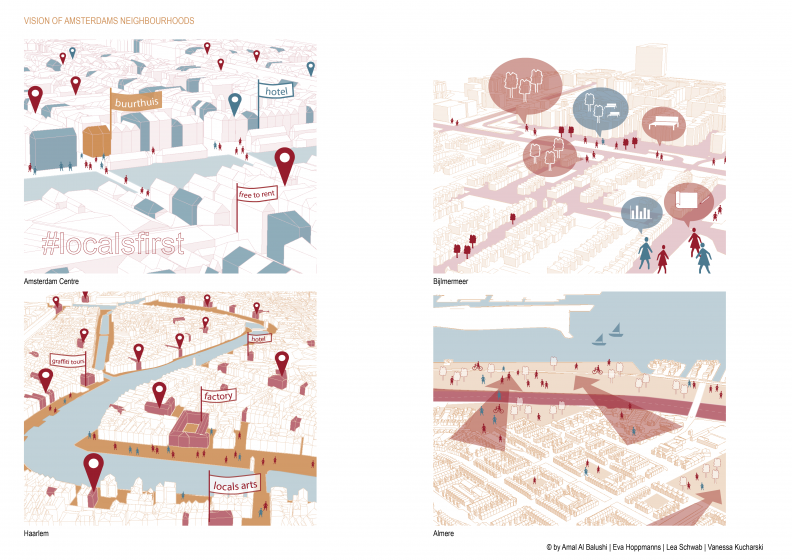
Acknowledgement: This project is developed at RWTH Aachen University – Transforming City Regions Master programme, Spatial Justice and the City Studio – with tutorial support of Prof Jacob Beetz, Dr. Ceren Cezer, and Prof Christa Reicher.


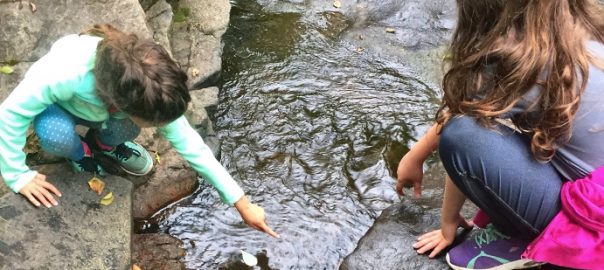
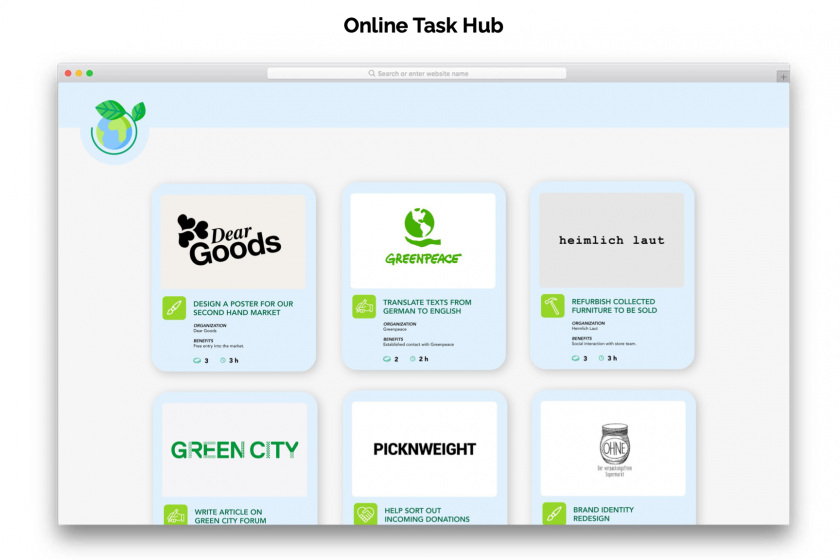
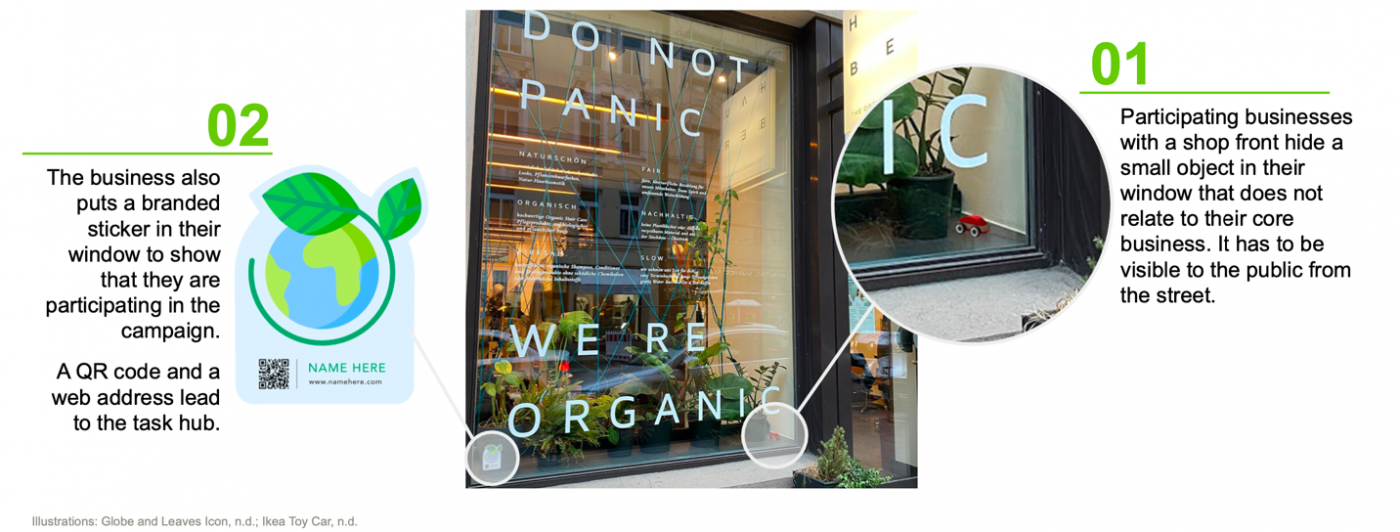
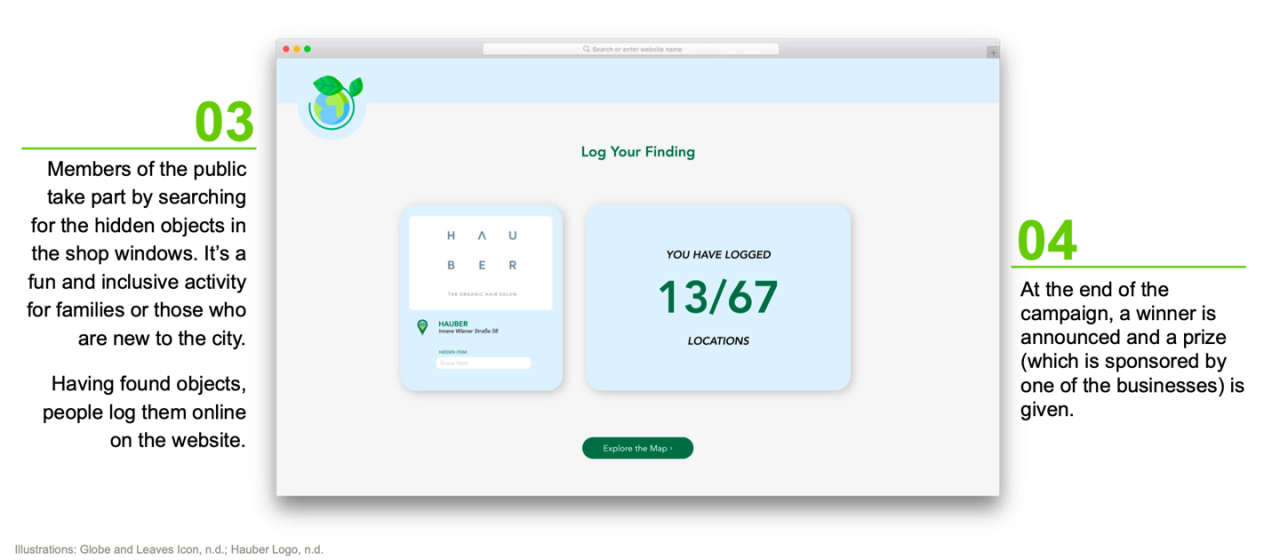
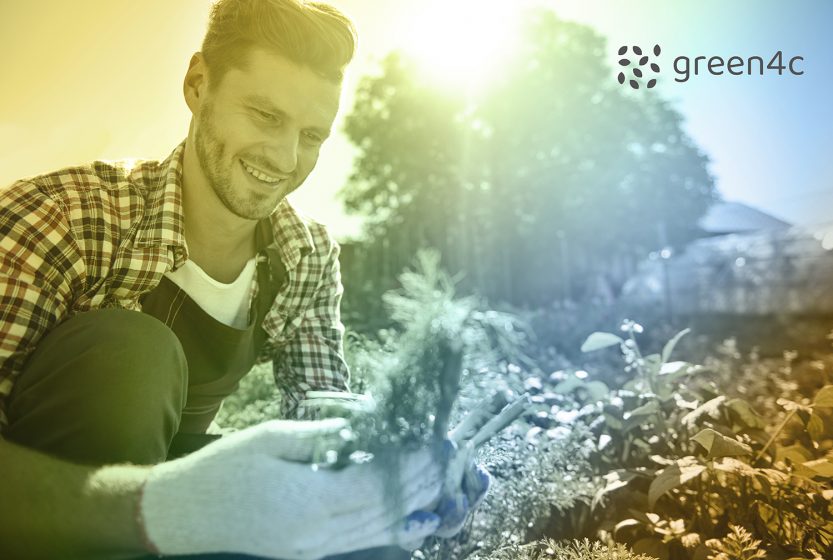
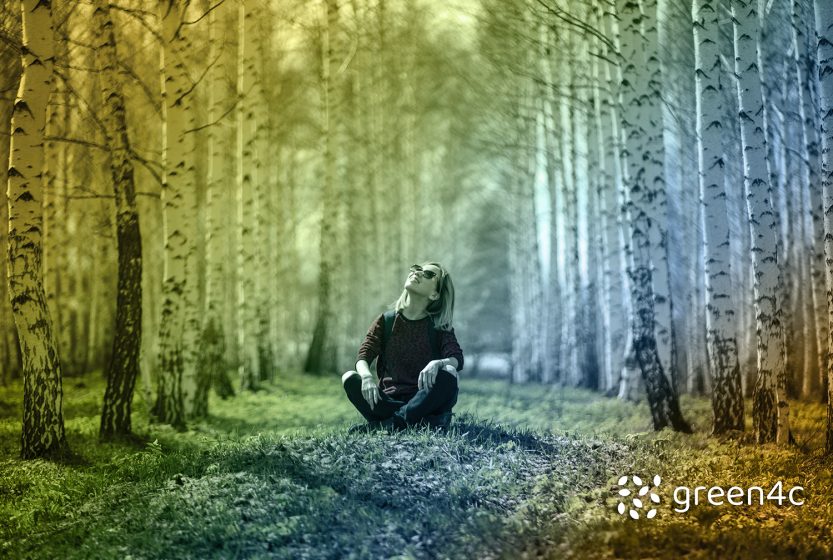
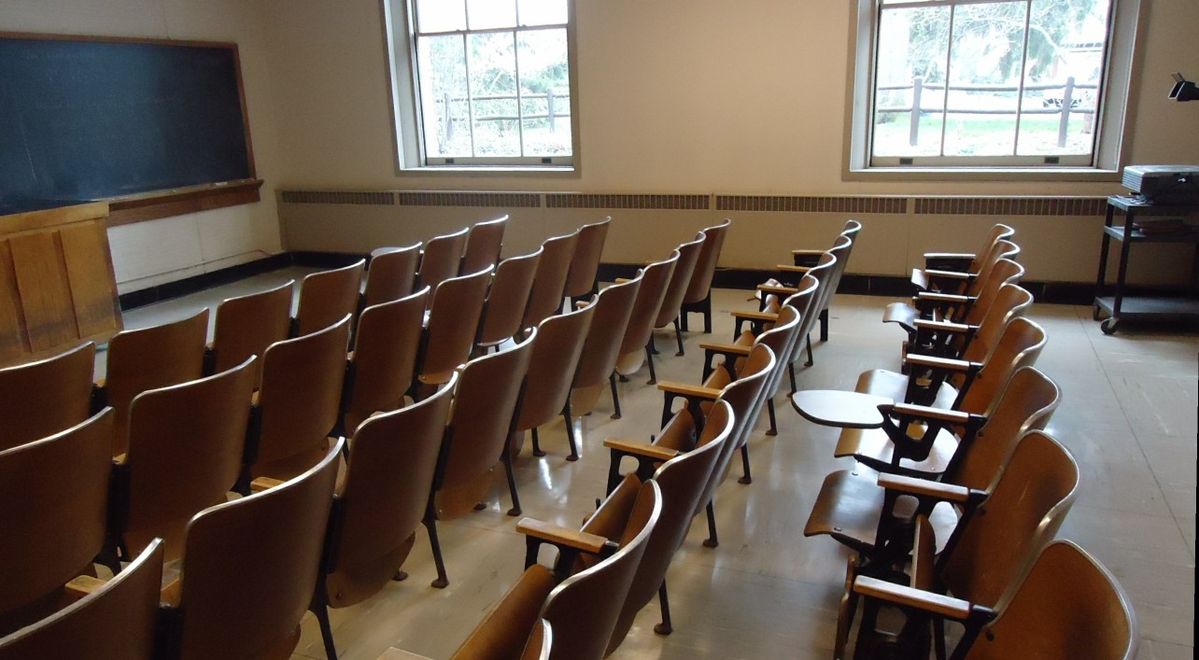
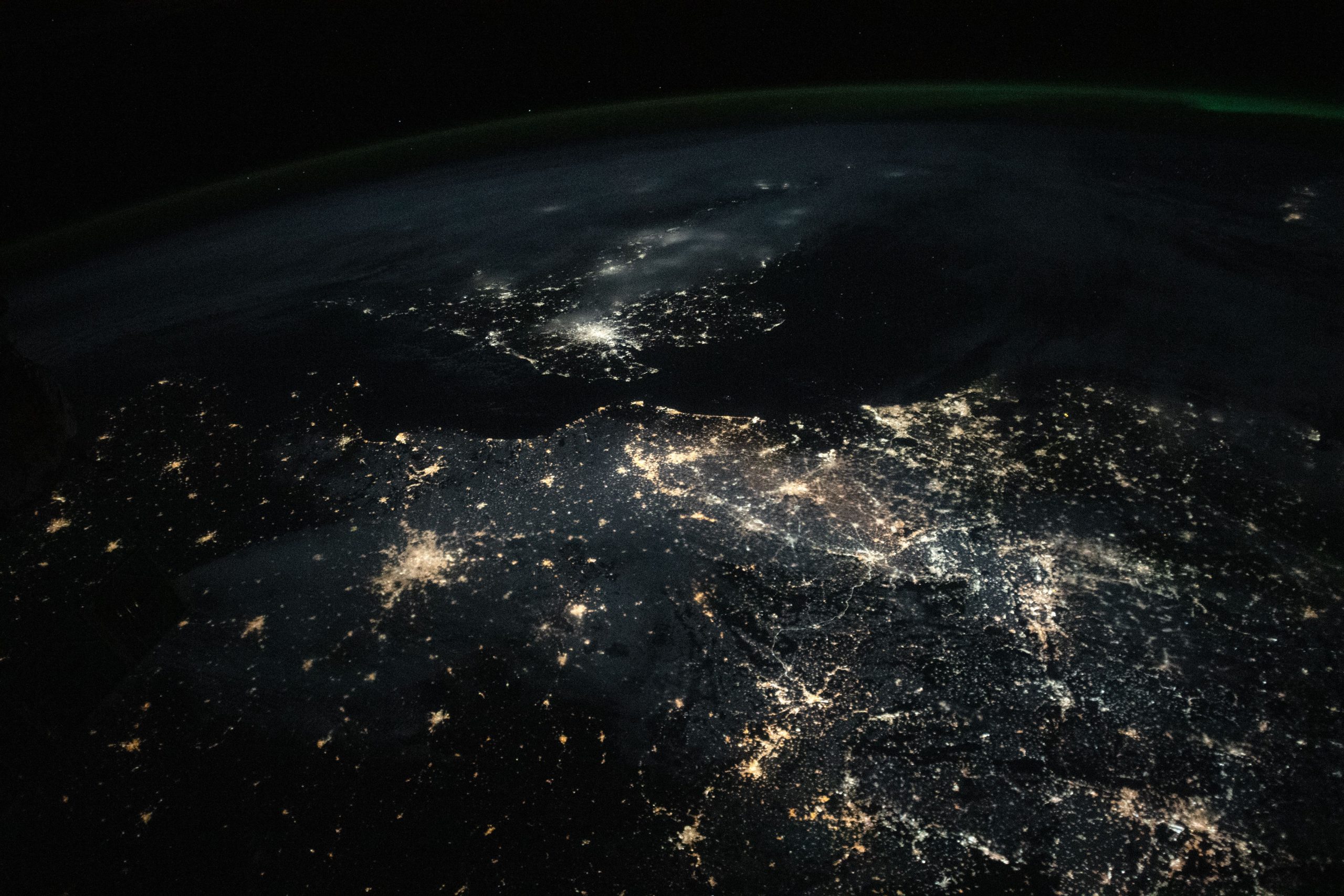
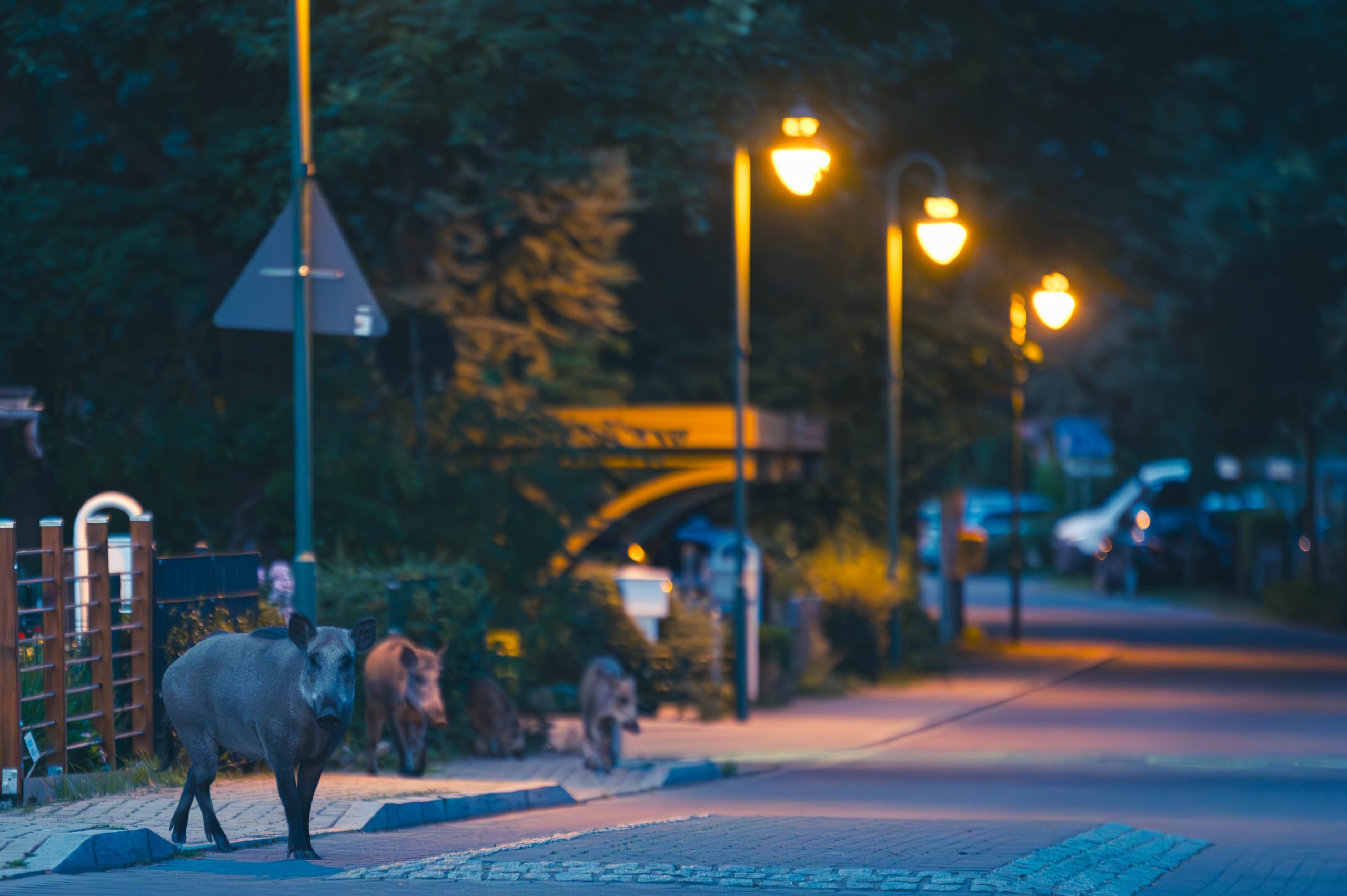
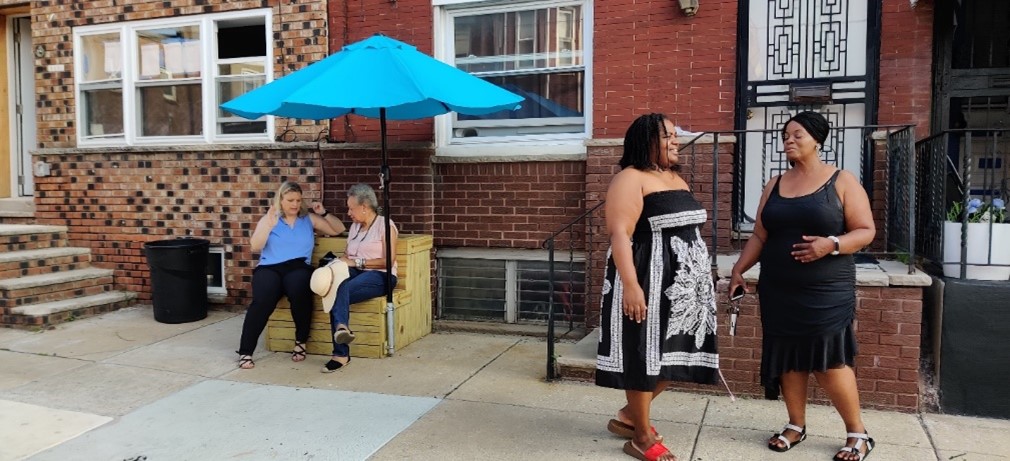
Leave a Reply